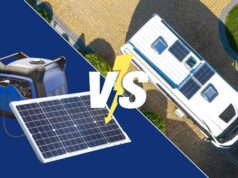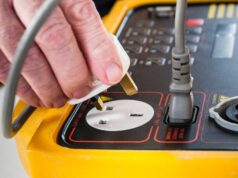
You have finally decided to take the plunge into home automation. You have set a budget and you are ready to spend. Before you go rushing into things, do some research. Understand that there are hundreds of smart home products you can buy. Some are worthwhile, others are not.
While you’re at it, research manufacturers and service providers. You might discover that you are better off going with a starter kit from a provider like Vivint Smart Home. On the other hand, you might decide to build your system piecemeal.
With that in mind, here are 11 devices you might consider for your new smart home package:
1. Smart Lighting
Good lighting makes or breaks a home, or at least its overall feel, the moment you step inside. Smart lights do more than just brighten the house. These devices make life easier by letting your voice or app control its brightness, colors, and power schedule. Plus, there’s music sync and ready-made themes perfect for any occasion.
When it comes to smart mood lighting, Vont still proves to be the top choice with their superb engineering and affordable pricing. Their smart lights feature 16 million colors, a timer, DIY mode, and more.
2. A Smart Speaker
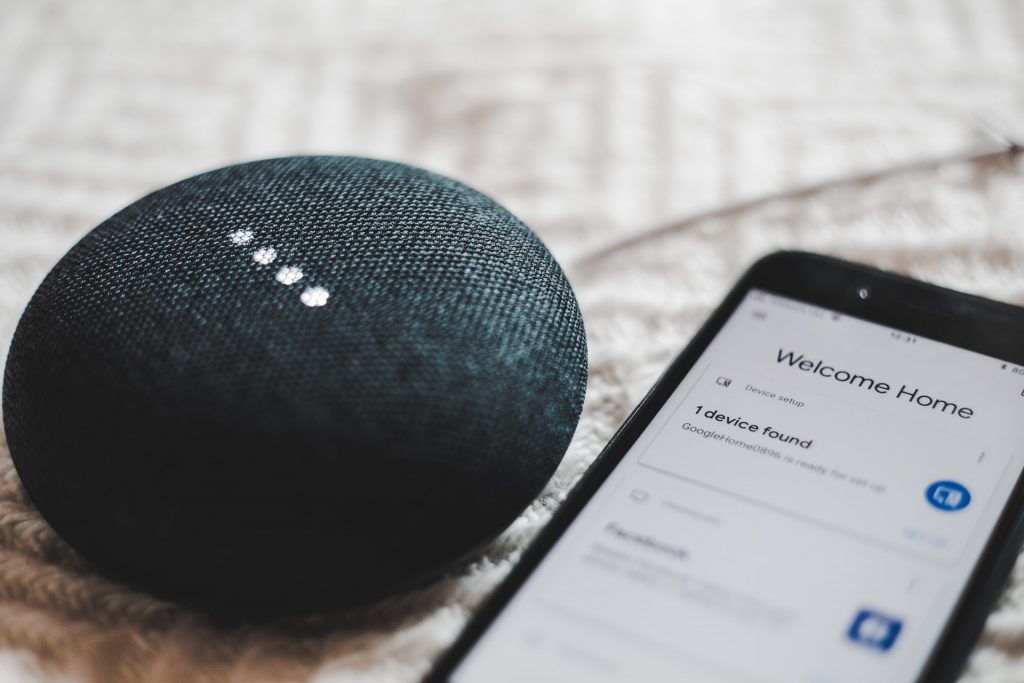
For a lot of people, the journey into smart home technology begins with the smart speaker. If you don’t know what a smart speaker is, think Google Home and Amazon Alexa. Both are examples of smart speaker devices. A smart speaker is a voice-controlled device that can read you the news headlines, give you the weather report, and even turn your lights on and off.
3. Smart Light Sockets
Speaking of turning your lights on and off, another good option for beginners is the smart light socket. This light socket screws into any standard socket. Then you screw the light bulb into it. The socket acts as a circuit breaker of sorts. It cuts power to the bulb when off and restores it when on. As a side note, you can now buy smart light bulbs that don’t need a special socket.
4. Smart Thermostat
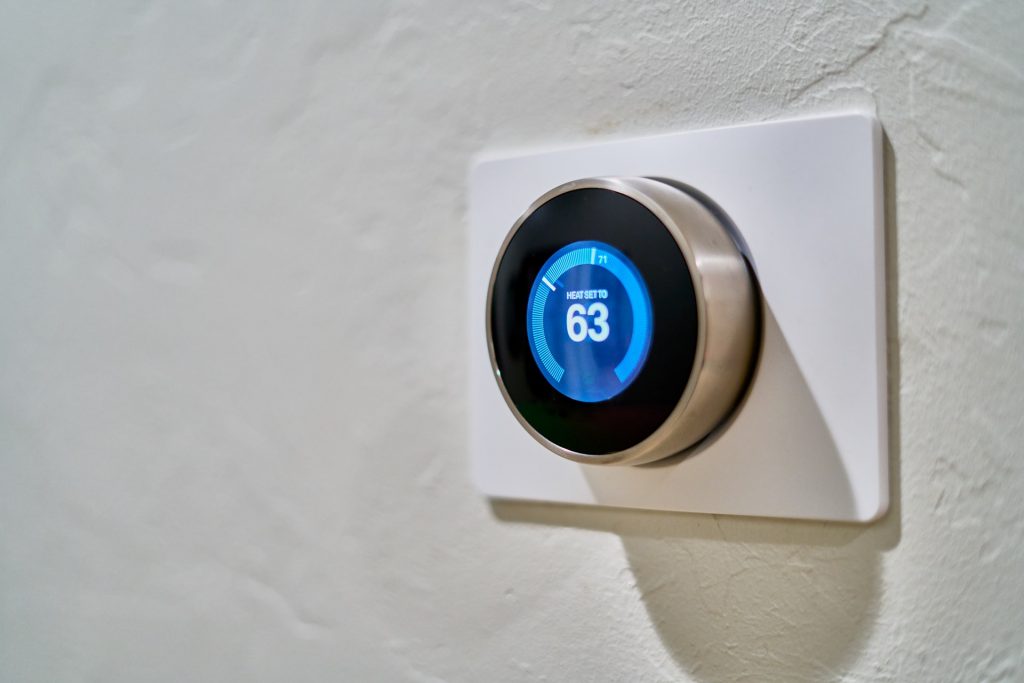
A smart thermostat is a programmable thermostat on steroids. You can do more with it than just set up initial programming. A smart thermostat can be controlled remotely using a mobile device and a companion app. Top-of-the-line models can even artificially learn your routine and adjust accordingly. Of course, any modifications the thermostat makes by itself can be overridden. Wireless controlled devices such as these are ideal for landlords and property developers who are looking to control their tenants’ energy consumption. Property investment companies like RWinvest believe that installing smart thermostats and other eco-friendly features will not only help to generate consistent rental income for landlords, but will give tenants the opportunity to reduce their carbon footprint.
5. Video Cameras
Very few smart home systems come without any video cameras. Indeed, video cameras have become a staple of both home automation and home security. And because they are so affordable, there really isn’t a viable reason to jump into the smart home pool without buying at least one.
A typical entry-level setup includes two video cameras. One gives you a clear view of the front door. The second camera can be mounted to keep an eye on the rear door or a particular room in your house. Some people use the second cameras to keep an eye on the kids or the babysitter.
6. Video Doorbell
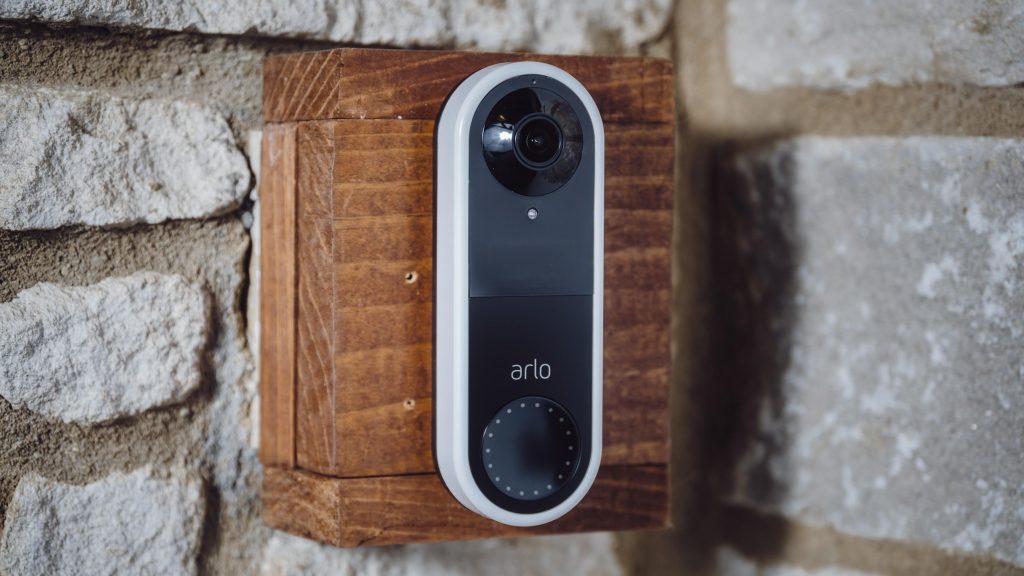
A video doorbell is an indispensable piece of kit for identifying people standing at your door. One of the most obvious uses is to avoid having to open the door to strangers. Homeowners also rely on video doorbells to stop porch pirates, keep an eye on the driveway, and even monitor activity on the street. The beauty of the video doorbell is its two-way audio system. Being able to speak to whomever is standing on the other side of the door is a great crime-fighting tool.
7. Smart Window Blinds
Did you know you can save a tremendous amount of energy by adjusting your window blinds according to time of day and season? For instance, allowing plenty of sunlight through on chilly winter days can reduce your heating bill quite a bit. Keeping the blinds closed during the summer helps keep your home cooler.
Smart window blinds can be automated so you don’t have to worry about them. Rather than running around raising and lowering the blinds as needed, you can program them to open and close automatically. You will enjoy maximum energy savings without having to constantly remember if the blinds should be up or down.
Automatic blind offer convenience and energy efficiency, as they can be easily controlled with a remote, smartphone, or smart home system, allowing users to adjust the blinds’ position and create the desired ambiance with a simple touch. Additionally, it can enhance home security by providing the appearance of an occupied space even when homeowners are away, deterring potential intruders and adding an extra layer of protection to the property.
8. Smart Door Locks
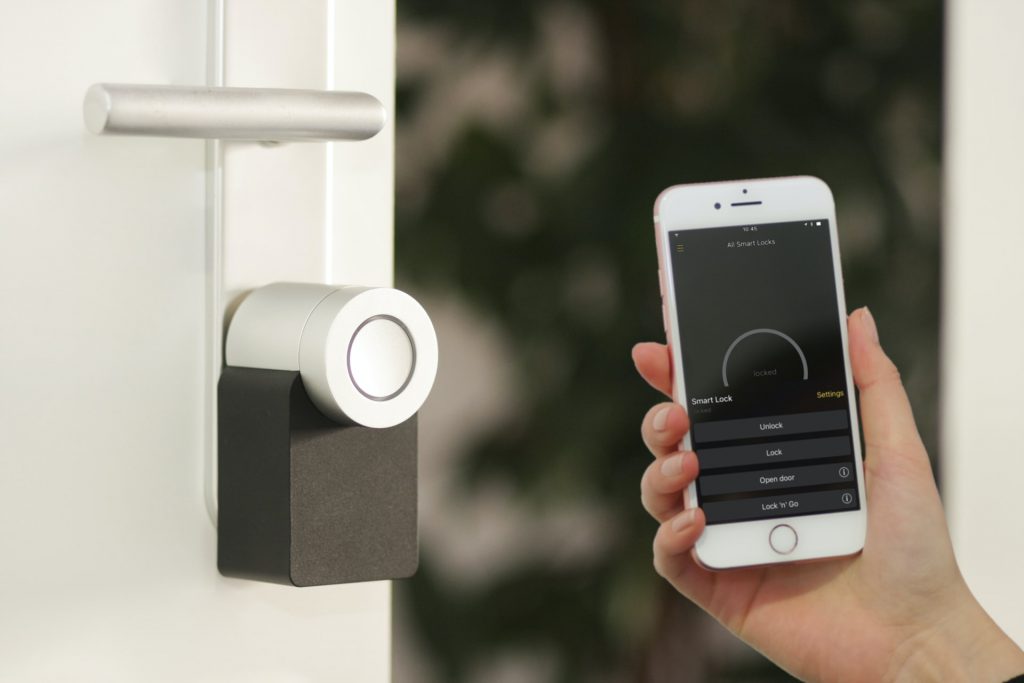
What kinds of locks do you have on your first-floor doors? If you are like most homeowners, you have keyed handle locks and/or deadbolts. Those are fine, but smart locks are better. They offer the same level of protection plus the added convenience of keyless entry. Best of all, smart locks can be accessed remotely. You can lock and unlock your door without even being home.
9. Smart Entertainment System
If you’re big into home entertainment, you can automate your equipment to some degree. For example, you can install equipment to completely automate your home theater. Programming individual scenes lets you control the entire environment with voice commands. Thinking about watching a movie? Just invoke the movie scene and your system will automatically turn on the TV and dim the lights.
Similarly, an automated entertainment system can be programmed to respond to your requests for music. Tell your system to play a specific song and it will do so. If you hear a song you do not recognize, you can ask the system to tell you the title and artist. You’ll have the answer in no time.
10. Smart Irrigation System
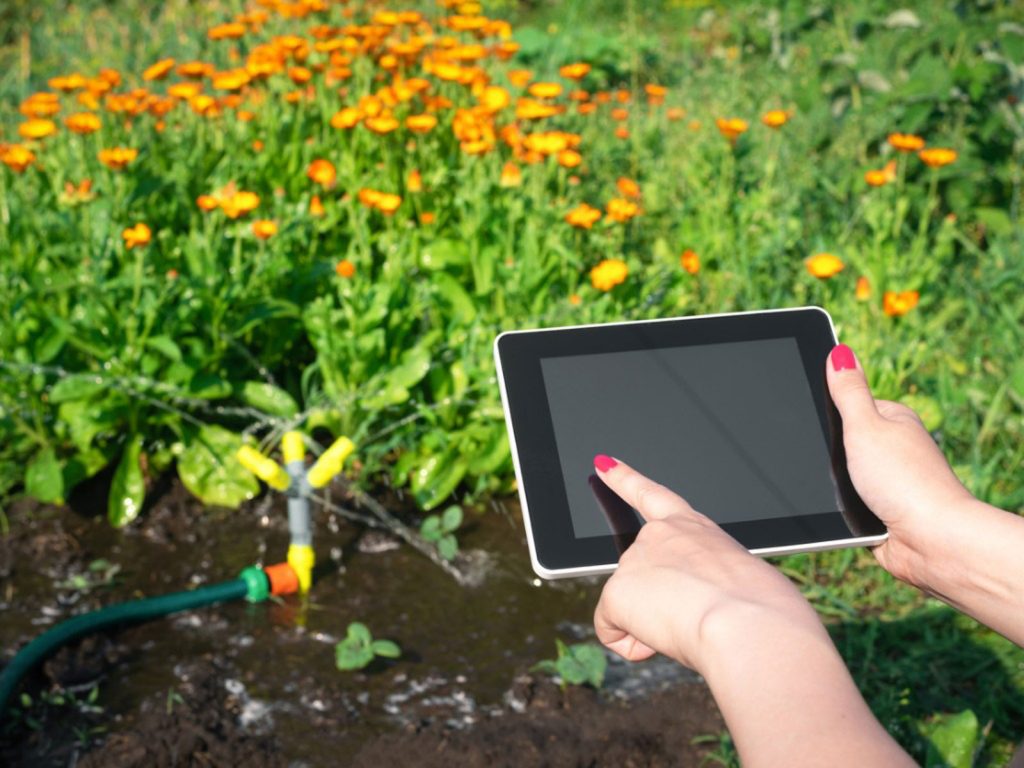
Keeping your grass and flowerbeds looking good can be a challenge if you routinely forget to water. Install a smart irrigation system and that’s no longer a problem. Smart irrigation systems can be programmed to automatically water at certain times. They can also measure rainfall in order to avoid unnecessary watering shortly after storms.
11. Home Automation Hub
The last item on the list is the home automation hub. It is indispensable for controlling all your devices from a single location. The only catch is finding a hub that works with all your devices. The best way to avoid conflicts is to start with a hub, then buy devices that work with it. Either way, the hub acts as the brains of the entire operation.
Your budget will largely determine what devices you can add to your new smart home system. Needless to say, the possibilities are virtually endless. The 11 items described in this post are just a starting point. There are lots of places to go from here.

